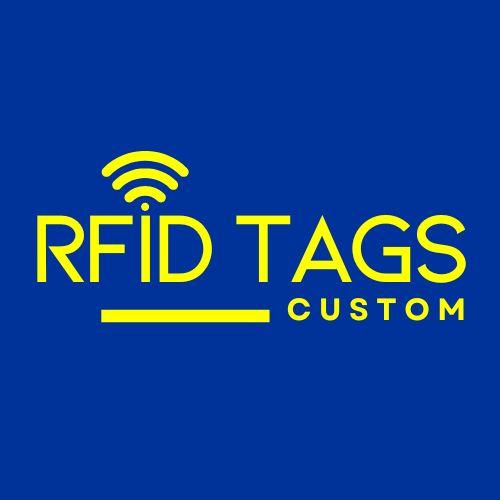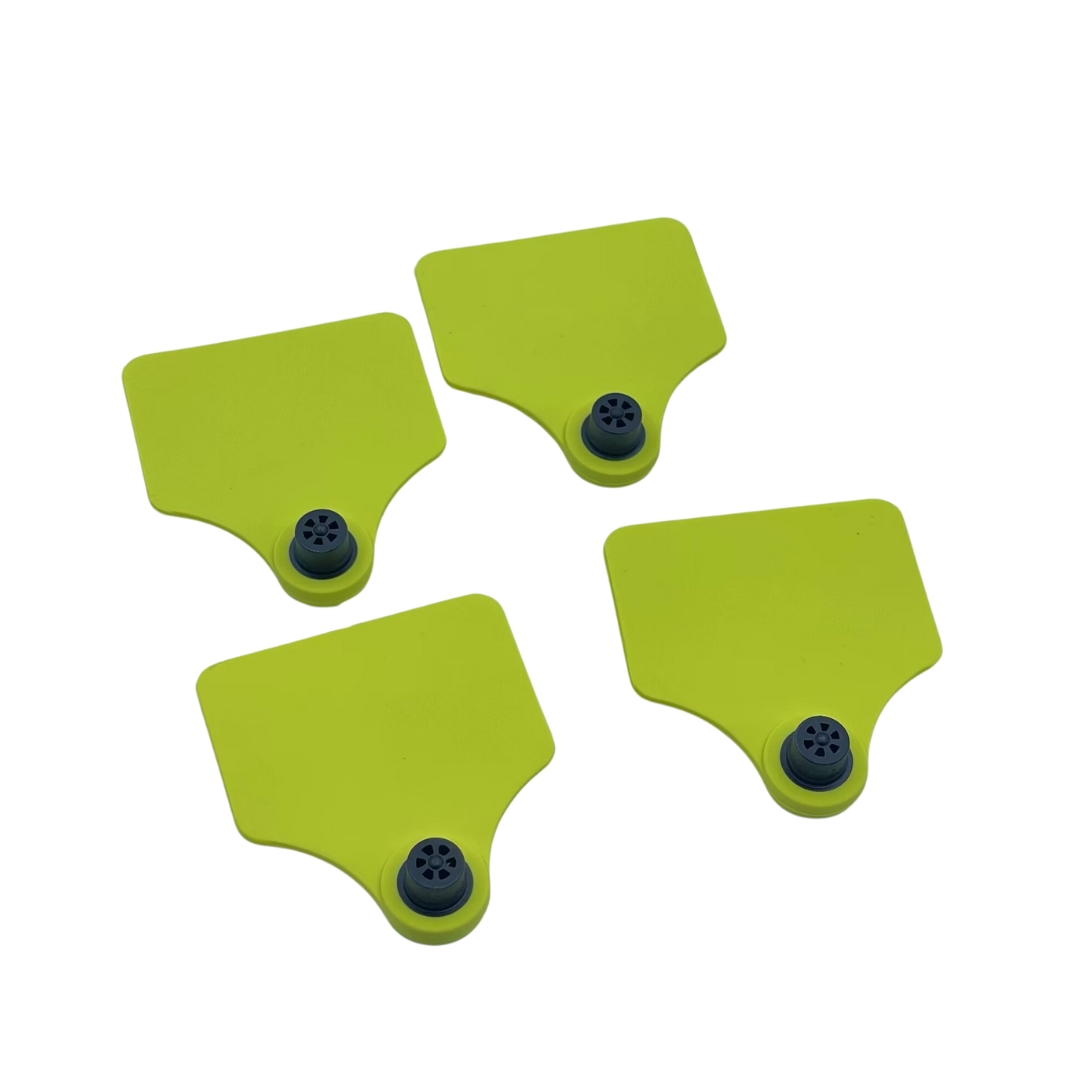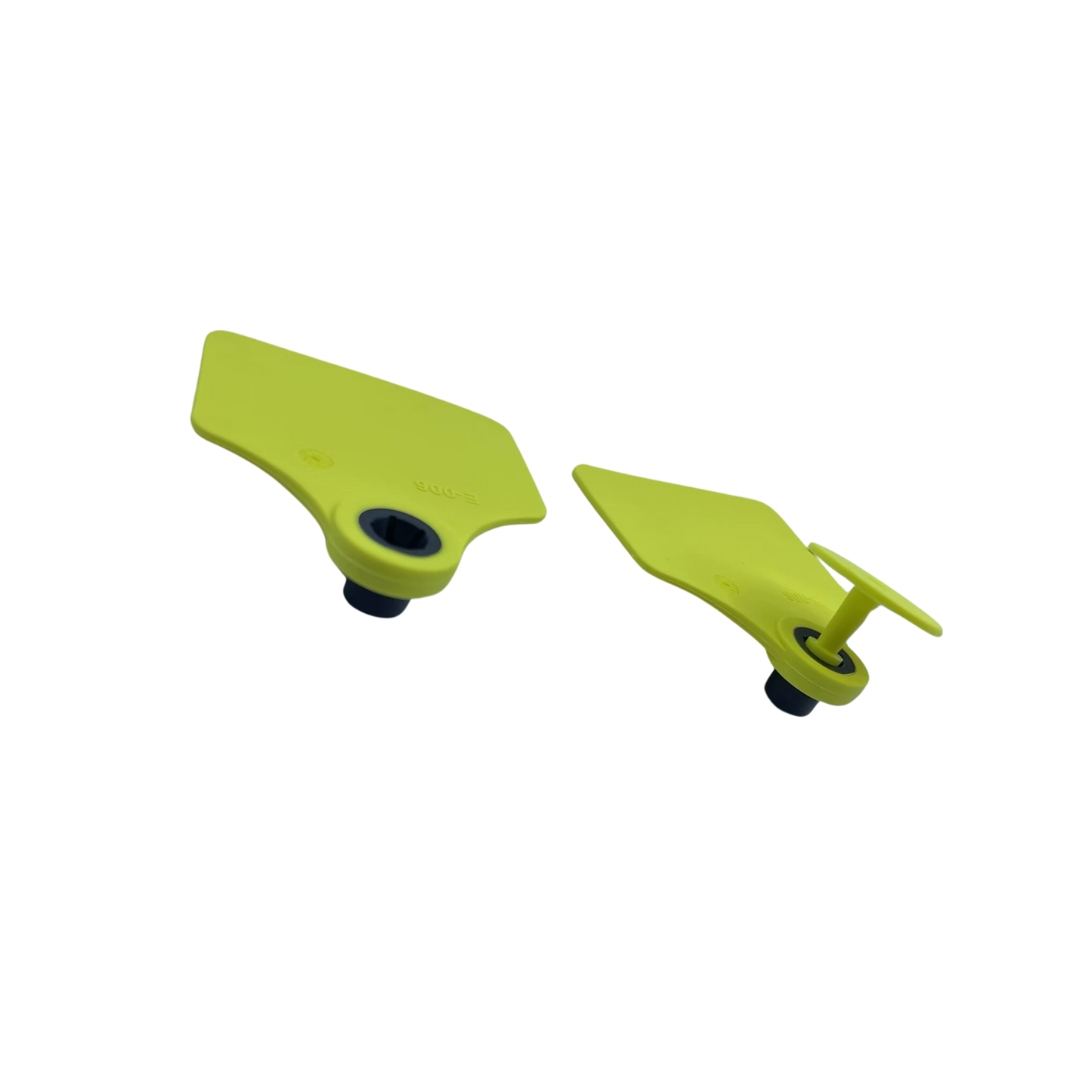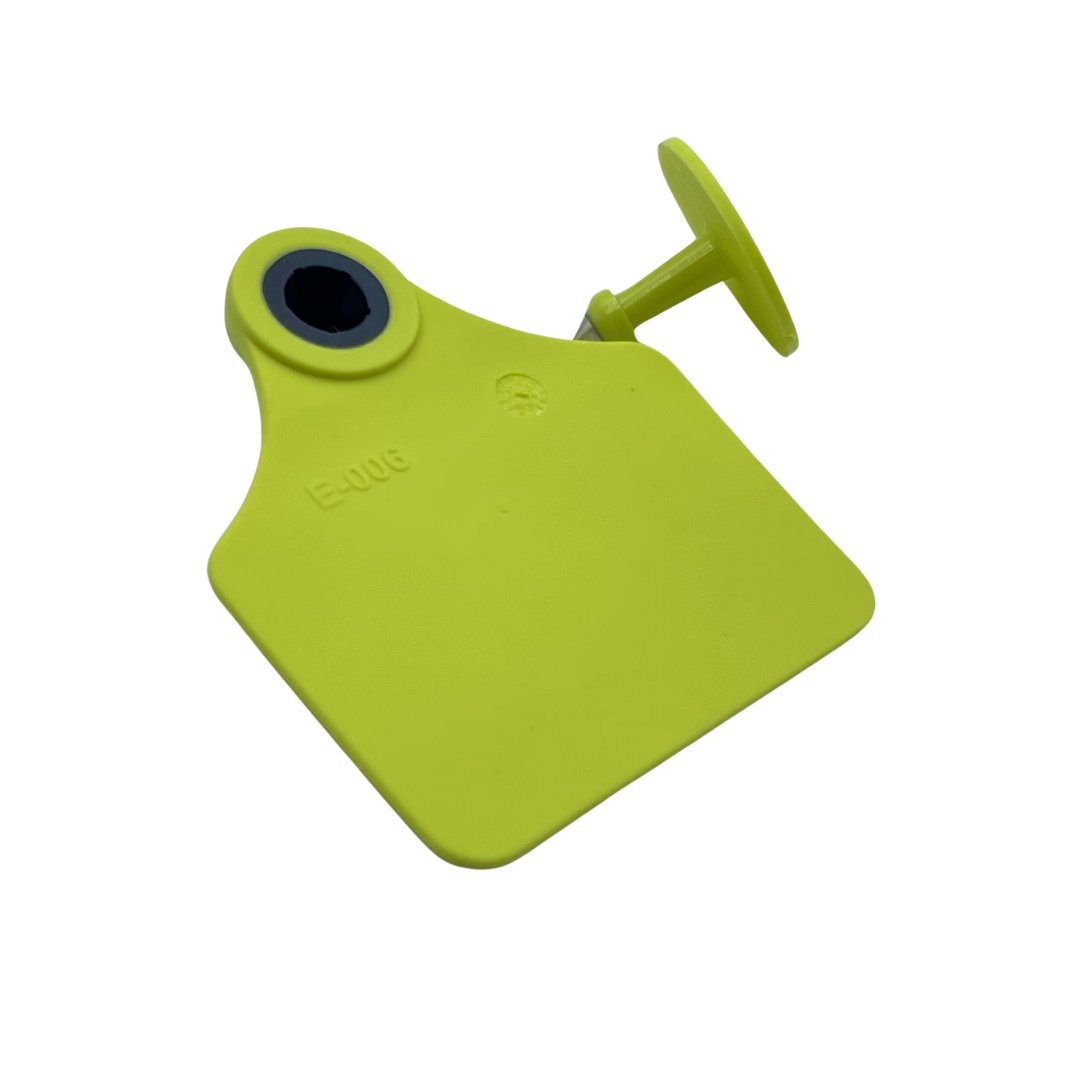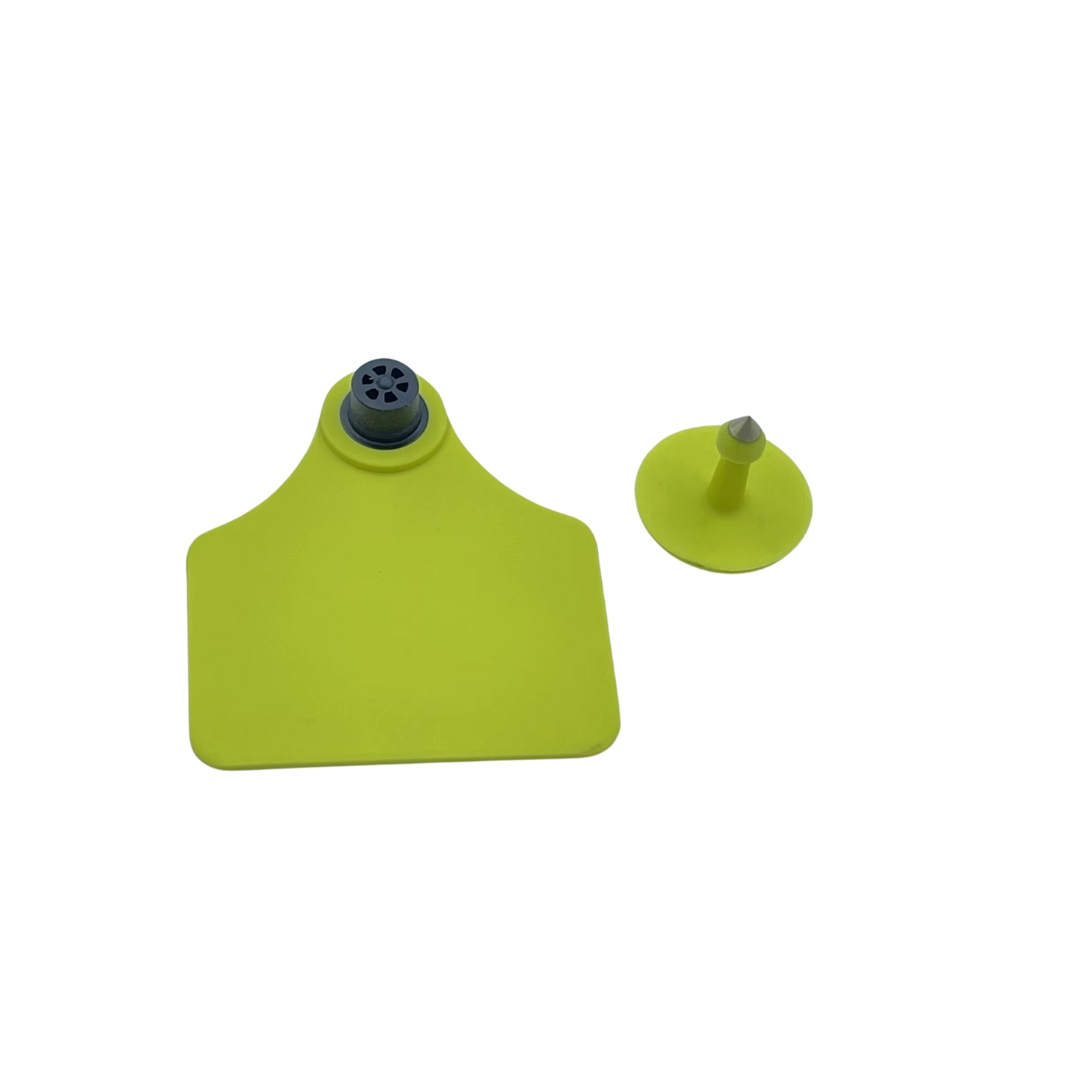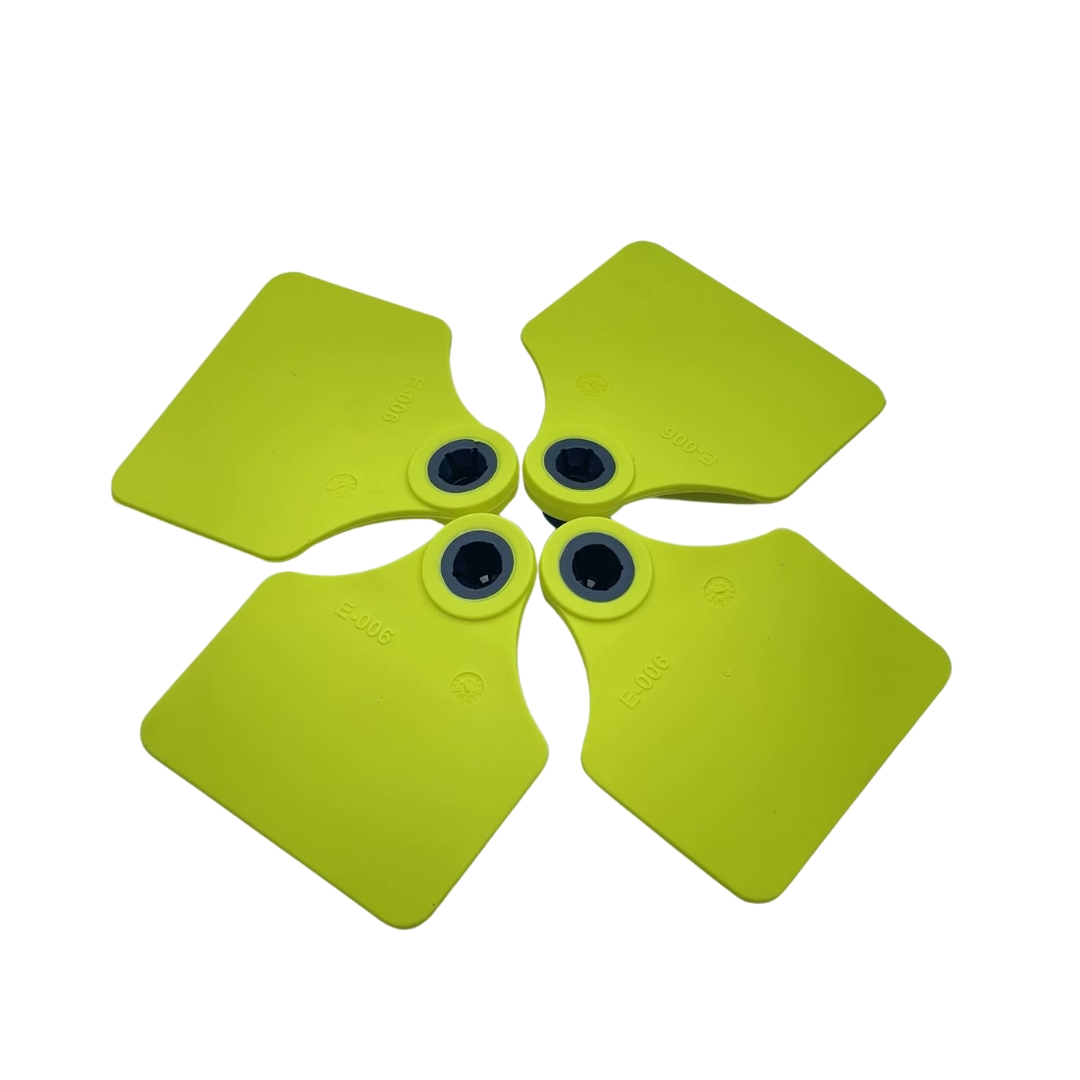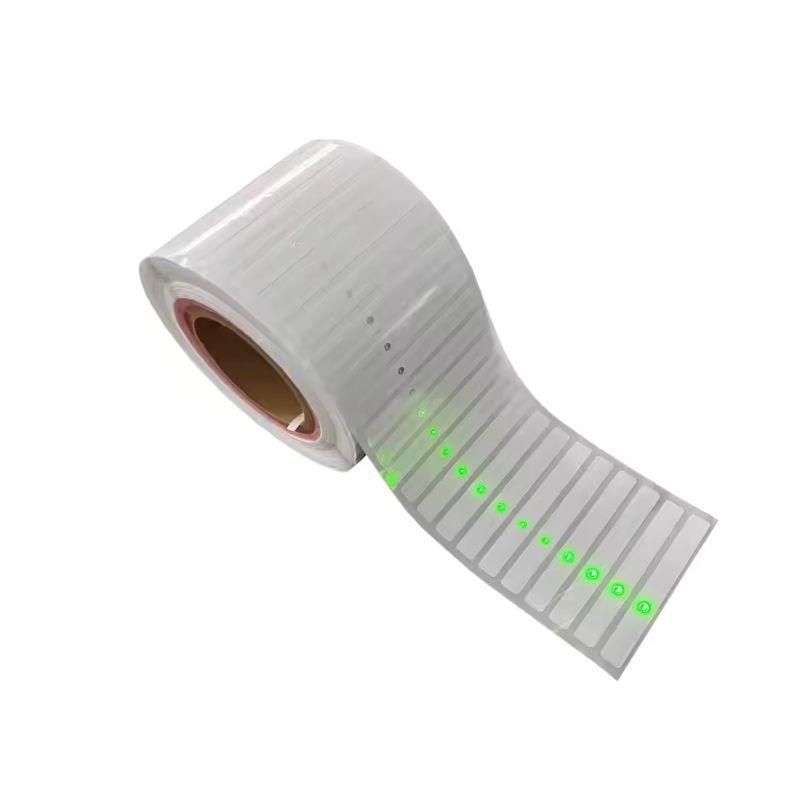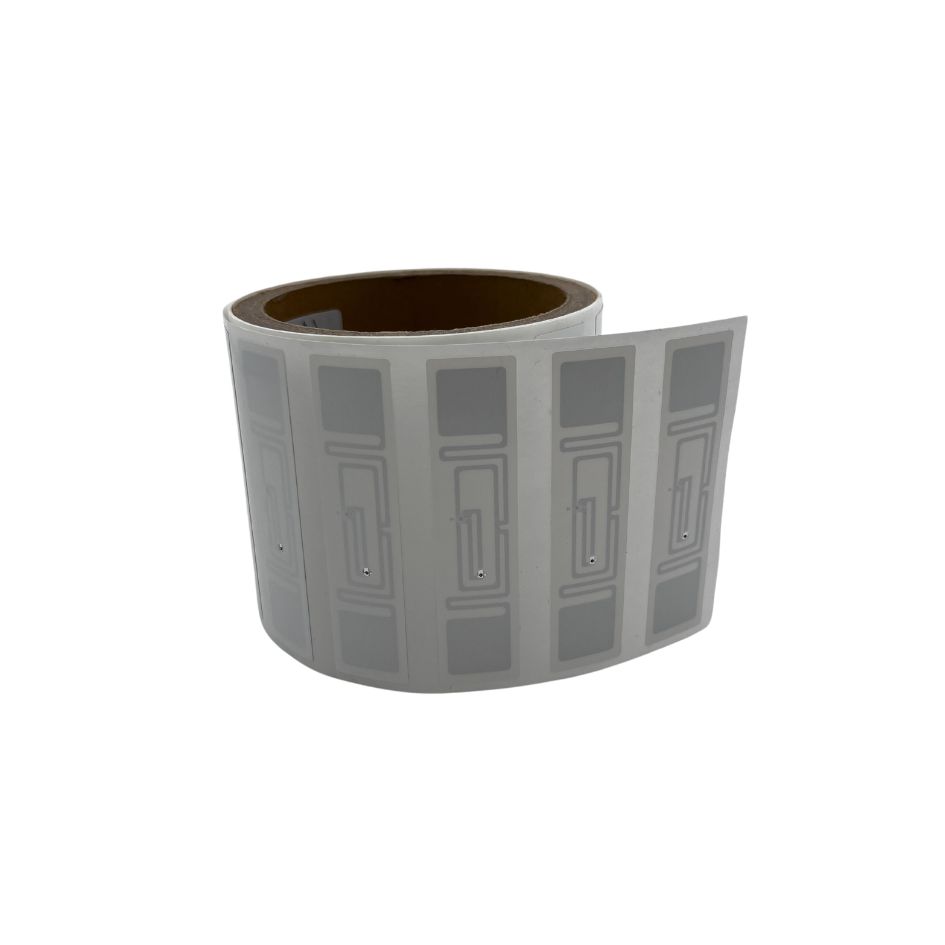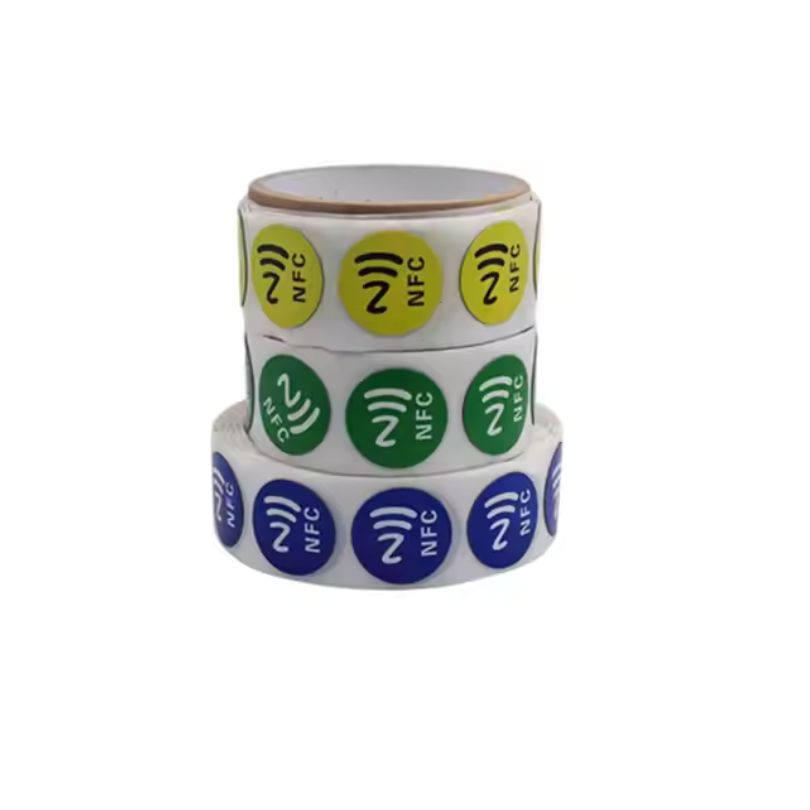
- Home
- Custom RFID Tags
- UHF RFID Tags for Livestock Animal Tracking Tags
UHF RFID Tags for Livestock Animal Tracking Tags
RFID Tags for Livestock | Advanced Animal Tracking & Farm Management
Take control of your livestock management with our advanced RFID tags for livestock. Designed for large-scale farms and small herds alike, these rugged and reliable tags for livestock simplify animal identification, automate tracking, and improve operational efficiency. With long-range scanning and real-time data integration, our RFID livestock tags help you reduce manual labor and optimize farm management.
Whether you’re managing cattle, sheep, or goats, our RFID tags for livestock ensure every animal is accounted for—improving both productivity and compliance with modern farming regulations.
Key Features of RFID Tags for Livestock
- Long-Range UHF Technology: Our RFID tags for livestock use UHF (Ultra High Frequency) for faster reads and distances up to 12 meters—perfect for large-scale herds.
- Extreme Durability: Built with shock-resistant, waterproof materials that survive harsh farm conditions and rough animal handling.
- Real-Time Data Tracking: Instantly monitor animal movement, health records, and location data with RFID readers connected to farm management software.
- Scalable Farm Solution: Use for small farms or large ranches—our RFID tags for livestock integrate seamlessly into existing systems.
- Regulatory Compliance: Supports animal traceability programs and complies with identification requirements for livestock in many countries.
- Low Maintenance: Once attached, the tags for livestock require no batteries or additional maintenance, reducing operational costs.
Real Use Case: Large Ranch RFID Integration
A 3,000-head cattle ranch in Australia integrated our RFID tags for livestock with their farm management system. The result? They reduced labor costs by 35%, cut inventory check time from 2 days to 4 hours, and ensured 99% traceability for regulatory compliance. By using our RFID livestock tags, the ranch optimized its breeding, vaccination, and shipping processes.
Technical Specifications
| Feature | Specification |
| Frequency Range | 902–928 MHz (UHF RFID) |
| Communication Protocol | EPC Gen2 / ISO 18000-6C |
| Read Distance | Up to 12 meters (depending on reader) |
| Memory Capacity | 128 bits (expandable options available) |
| Operating Temperature | -40°C to +85°C |
| Durability | Waterproof, shock-resistant, UV proof |
| Dimensions | 40mm x 25mm x 5mm |
| Material | High-grade industrial polymer |
| Application | Cattle, sheep, goats, pigs, bison |
Applications
- Cattle Tracking
- Sheep and Goat Monitoring
- Pig and Swine Identification
- Livestock Transport Compliance
- Breeding and Health Record Management
- Inventory and Audit Reporting
Why Choose Our RFID Tags for Livestock?
- Direct Manufacturer Pricing: Save on costs with factory-direct supply.
- Global Delivery: Exporting to farms and distributors worldwide.
- Customizable Solutions: Add laser-etched IDs, logos, or color coding to your RFID livestock tags.
- Proven Performance: Trusted by large-scale ranches and small farms alike.
- Seamless Integration: Works with most standard RFID readers and livestock management software.
Optimize your livestock management with advanced RFID tags for livestock.
FAQ
Are these RFID tags for livestock reusable?
No. Our RFID livestock tags are single-use for tamper-proof, lifetime identification.
What animals can use these tags for livestock tracking?
These tags for livestock work for cattle, sheep, goats, pigs, and bison.
How long do the tags last?
Each RFID livestock tag is designed for the animal’s lifetime, with materials that resist weather and farm conditions.
What’s the read range?
Up to 12 meters under optimal conditions with a compatible UHF RFID reader.
Can I get custom printing or pre-encoded data?
Yes. We offer full customization, including tag color, laser marking, serialization, and database linkage.
Get Your Custom RFID Tags
As a leading custom RFID tag manufacturer, we craft solutions based on the unique needs of your operation. We offer a wide range of customization options, including material, size, frequency, encoding, and read distance, ensuring each RFID Tag is perfectly customized to your requirements. No matter what application you use RFID tags for, we can provide rugged, reliable RFID tags that meet the highest quality and durability standards. Here are the main ways we customize RFID tags to fit your needs.

Material Selection
Material is key for customizing RFID tags. Plastic works in harsh conditions, while softer materials suit delicate spaces. Different materials also affect signal performance. Pick what fits your use case to ensure your tags last and work reliably.

Customized Size
Size shapes usability. Small tags fit tight spaces or tiny items, while larger tags are easily read. In crowded areas, sleek tags prevent clashes. Align shape and dimension with your goods for visibility, convenience, and performance.

Frequency Requirements
Choose LF, HF, or UHF based on read range, speed, and interference. LF and HF resist metals and liquids but have shorter ranges. UHF offers an extended range yet may face signal blocks. Match frequency to your environment for reliable performance.

Reading Distance
Define the distance at which you have to read the tag. Short distances work for retail checkouts, while warehouses may need meters of coverage. Antenna design, reader settings, and power outputs affect range.Adjust these factors to capture data accurately at the distance you need.

Encode
Plan how data is stored on each tag. Some only hold an ID, while others contain detailed info. Decide if you need a simple EPC or added user memory. Ensure your chosen format works with existing software. Proper encoding streamlines processes and slashes errors.

Application Environment
Consider real-world conditions. Temperature swings, humidity, and chemicals can degrade tags. For outdoor use, opt for UV-resistant casings. In healthcare or food settings, ensure compliance with safety rules. Matching your tags to the environment maximizes their lifespan.
Related Products
Customize any RFID tags from our factory to meet your requirements.
